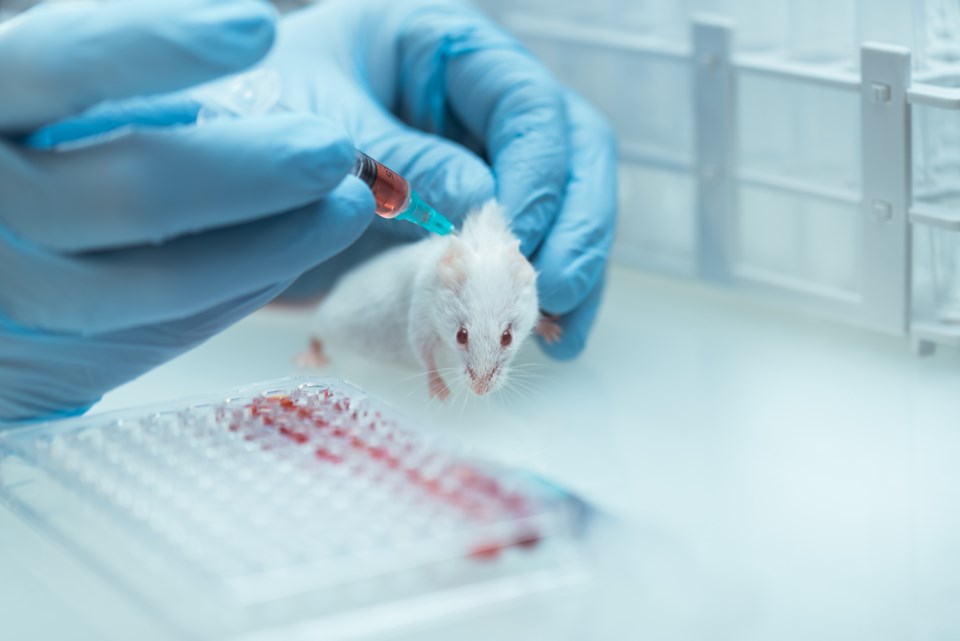Two pieces of landmark legislation at the federal level are victories for animal rights and represent the culmination of years of pressure by advocates for humane treatment, according to a leading animal rights lawyer.
In 2023, the federal government passed two separate but related pieces of legislation that have eliminated, or will soon, some of the most controversial and inhumane uses of animals in cosmetic and chemical testing.
The ability of cosmetics companies to test products by applying them to the eyes or skin of animals, or to force animals to ingest or inhale substances, is now banned under amendments to the Food and Drugs Act. Canada is hardly a global leader on this front, though, as about 40 countries already have similar regulations in place.
This also does not mean that Canadians will no longer be able to purchase mascara, lipstick or other items that were tested on animals. Under the legislation, products that were previously approved based on testing on animals will still be on store shelves.
Advocates have long argued that such inhumane practices are unnecessary because the same results could be determined by testing on human tissue discarded during surgery or through computer modelling.
Separately, updates to the Canadian Environmental Protection Act will phase out toxicity testing on animals with vertebrae. These tests ostensibly ensured the safety of chemical substances for use by or around humans.
According to : “Conventional toxicity testing involves poisoning rats, mice, rabbits, fish, birds and other animals with chemicals via force-feeding, inhalation or skin absorption for days, months or even years without pain relief, to see the extent to which it disrupts normal bodily functions.”
“It's taken over a decade of work,” said animal law lawyer , who is also a member of the ’s board of directors. “This is actually a good example of at least some collaboration between the animal protection world and industry.”
The legislation is not everything advocates might have wanted, including not protecting invertebrates, but it does prevent continued abuse of many animals.
“Unfortunately, it doesn't grandfather products that are on the market now,” Breder said. “However, any new product cannot be tested on animals.”
Moreover, the government closed a potential loophole by explicitly stating that a company cannot justify continued animal testing because it is required by a foreign government in a market where the company does business.
In addition, Breder said, any company that uses the cruelty-free logo or advertises that they don't test on animals can be called on at any time to provide proof to the federal government, with penalties for noncompliance.





